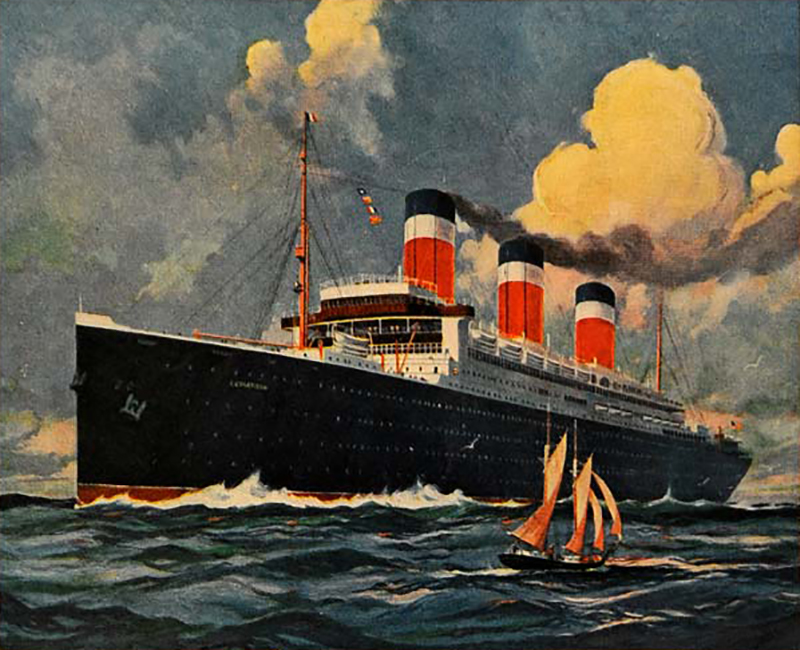























Whether they produced battlefield images of the dead or daguerreotype portraits of common soldiers, […]

In 1964 an Ohio woman took up the challenge that had led to Amelia Earhart’s disappearance.

Rifles and revolvers made by Uberti, Pietta, Pedersoli and other Italian firms remain popular.

The MQ-1 accumulated more than 1 million flight hours in reconnaissance and combat missions.